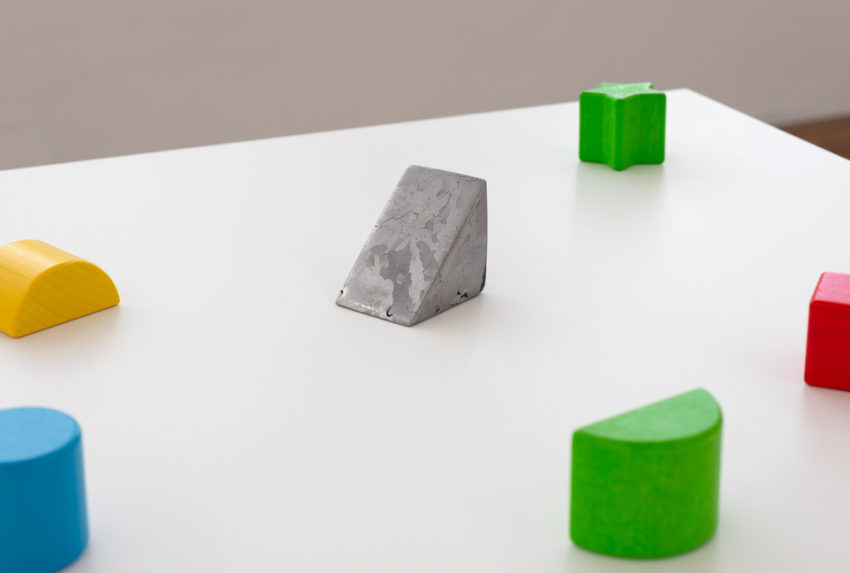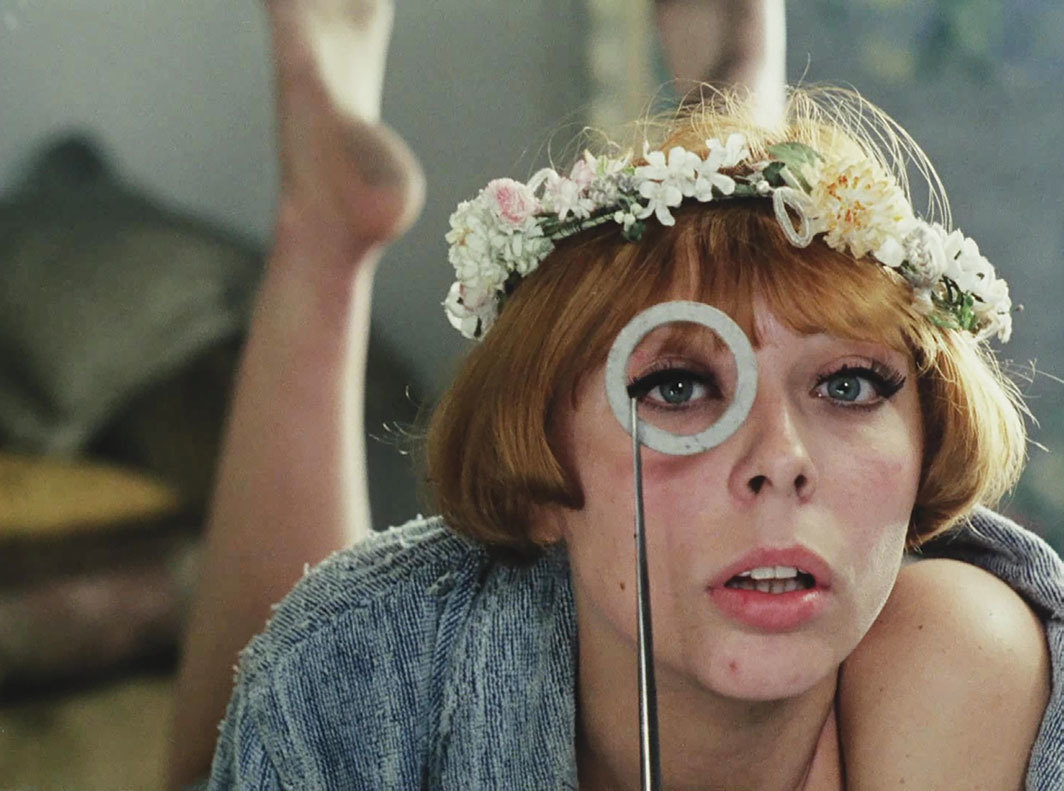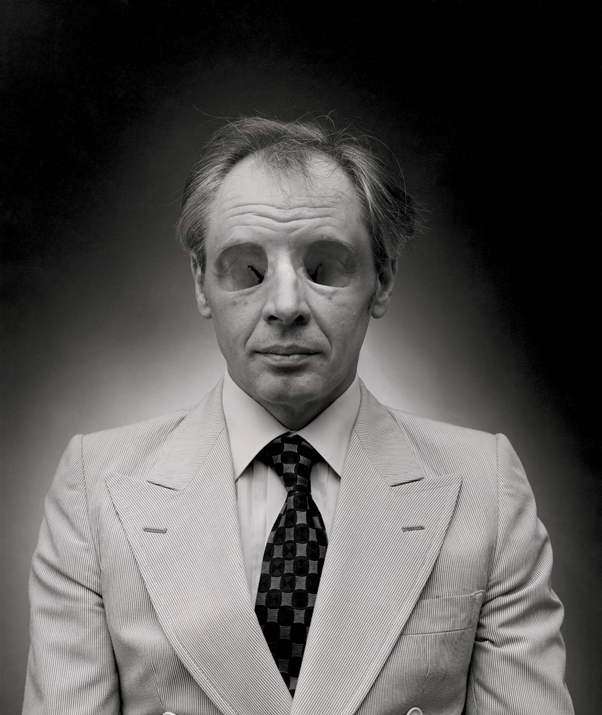.
Last week, I was up in Auckland, interviewing artist Zac Langdon-Pole before a gathering of the faithful. The event was presented in conjunction with his Michael Lett show, Interbeing. I enjoyed it.
Two months earlier, I knew little about the young, high-flying, Berlin-based New Zealand artist—a winner of the 2018 Ars Viva Prize and the 2019 winner of the seventh BMW Art Journey. To prepare for the interview, I devoured Constellations, a new monograph covering the last six years of his work. As I ploughed through it, like a student cramming for a test, I found Langdon-Pole’s project erudite, juggling myriad knowledge systems—scientific, cultural, historical—through works that take ever-different forms. Brilliant and informative, the book yielded much, too much, leaving me gasping for air, with little space for my own speculations and responses. When I set foot in the Interbeing show, however, my experience of the work was very different.
Langdon-Pole had been making photograms of sprinkled sand, collected from various locations. While the locations were distinctive, the photograms were largely indistinguishable. In the show, some were presented at original scale, some were enlarged, one to mural scale. Perversely, these shallow images suggested the sublimity of deep space—with tiny sand grains standing in for solar masses—and the history of human endeavours to make sense of it. (I recalled a Cerith Wyn Evans text work, referring to astronomers confusing specks of dust on their photos with faint stars millions of light years away.) The enlargements were rhetorically impressive, but contained no extra information, as in the film Blow-Up, where successive enlargements of a possible-murder-scene photo offer no further clues, revealing only the grain of the negative itself.
Langdon-Pole had also been messing about with anatomical teaching models. For Orbits (2019), he replaced the eyeballs in two paired eye-socket models with glassy spheres—one pair had spheres containing a dandelion head and petrified sequoia wood, the other a dandelion head and rainbow obsidian. There was a disjunction between the time frames implied by the ephemeral dandelions (albeit frozen) and the other materials, but what this had to do with eyes was hard to see. The Orbits seemed to be non sequiturs; pointless, but provocative, puzzling, poetic. In Cleave Study (2019), Langdon-Pole grafted a model of a human tongue onto a xenophora shell, as if a tongue like mine had taken the place of the shell’s former inhabitant. The xenophora is a curious thing. As its shell grows, it fuses with things in its vicinity, particularly other shells—it’s a collage artist, an appropriator. But was the artist’s idea that the shell had colonised a human tongue or vice versa?
I lingered longest with Assimilation Study (2020). Painted wooden blocks—squares, circles, half circles, stars, wedges—were scattered in a perspex-topped display case. They came from that common educational shape-sorting toy that teaches tots not to put square pegs into round holes. It took a moment to notice that Langdon-Pole had switched out a piece. A wooden wedge had been replaced with a piece of Campo del Cielo meteorite tooled to the same dimensions. Over four billion years ago, this nickel-iron extraterrestrial had been part of the core of a small planet that broke apart. It fell to Earth around 4,000 years ago, landing in what is now Argentina. In Langdon-Pole’s work, it’s as if this alien artefact has infiltrated the common children’s game to hide in plain sight. The work draws attention to the way the game prioritises shape at the expense of other (here, more profound) factors. (Perhaps, as two blocks are star shaped—and as the work is surrounded by photograms that look like night skies—it’s easy to think of the blocks as a constellation in which a meteorite might already feel at home.)
Assimilation Study set me thinking. I recalled the nineteenth-century inventor of kindergarten, Friedrich Fröbel, and his ‘gifts’ for children, which include building blocks. He also happened to be the crystallographer who wrote ‘my rocks and crystals served me as a mirror wherein I might descry mankind, and man’s development and history’. I thought of Stanley Kubrick’s film 2001: A Space Odyssey (1968), where minimalist monoliths of ancient alien origin—some passing through the cosmos—prompt giant leaps in human education. And I remembered a 1993 Michael Parekōwhai work that enlarged and repurposed the very same children’s game, but to different ends. In his allegorical installation—Epiphany: Matiu 2:9 ‘The Star in the East Went before Them’—the star blocks prompt us to think of the star that heralded the messiah, but also to consider how this might be re-understood within te ao Māori.
In retrospect, none of these connections are totally irrelevant. Or, rather, the work begs the question ‘what is relevant?’ That meteorite had been flying through space for aeons—aeons before Langdon-Pole, before Parekōwhai, before Kubrick, before shape-sorter blocks, before Fröbel, before Christ, before humans—but on a collision course with us anyway, addressed to us before we even existed. And now, here, retooled, it comes to rest in Langdon-Pole’s work at Michael Lett’s gallery in 2020. Has it been domesticated by the artist, drawn into his game, or does it highlight his/our hubris, his/our presumption to intellectually frame it, albeit momentarily? Is he assimilating it or is it assimilating us? Langdon-Pole relativises frameworks—even his own.
•


